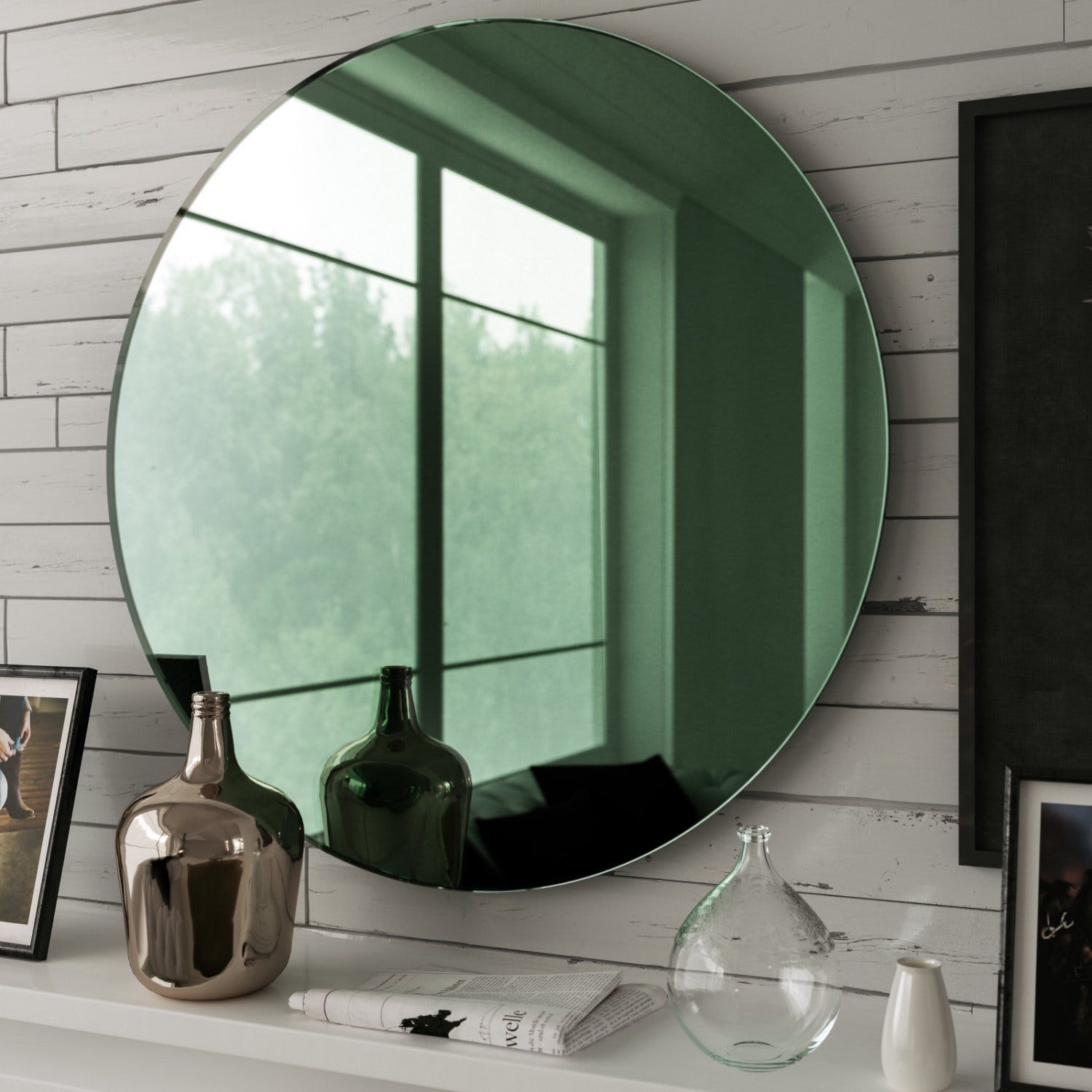

Articles
Why Are Mirrors Green
Modified: February 8, 2024
Discover why mirrors appear green and learn about the science behind it in our informative articles.
(Many of the links in this article redirect to a specific reviewed product. Your purchase of these products through affiliate links helps to generate commission for Storables.com, at no extra cost. Learn more)
Introduction
Have you ever wondered why mirrors often appear to have a green tint? It’s a curious phenomenon that has piqued the interest of many. From bathrooms to dressing rooms, mirrors are a ubiquitous part of our everyday lives. We rely on them to reflect our appearance and provide us with a glimpse into our own reflection. But why is it that mirrors, which are typically made of clear glass, often have a hint of green?
In order to understand this intriguing phenomenon, we need to delve into the science of reflection and learn about the materials and processes involved in the creation of mirrors. By gaining a deeper understanding of how mirrors are made and the role that light plays in their appearance, we can unveil the mystery behind the color green in mirrors.
So, buckle up and get ready to explore the fascinating world of mirrors, as we unravel the enigma of the green tint!
Key Takeaways:
- Mirrors appear green due to selective reflection and absorption of light by the reflective coating, combined with the slight inherent green coloration of the glass itself, creating a unique and intriguing visual phenomenon.
- Factors such as lighting conditions, angle of observation, and type of glass can influence the perceived color of mirrors, adding depth and variability to their appearance. Mirrors hold both scientific and psychological significance in our lives.
Read more: Why Are Mirrors Inverted
The Science of Reflection
Before we dive into the specifics of why mirrors have a green tint, let’s first explore the science of reflection. Reflection occurs when light strikes a surface and bounces back into our eyes. This phenomenon is what allows us to see objects and ourselves in mirrors.
When light hits a smooth surface, such as glass, it undergoes two types of reflection: specular reflection and diffuse reflection. Specular reflection is what we typically associate with mirrors – it produces a clear and focused reflection. This occurs when light rays bounce off a smooth surface at the same angle as they hit it. On the other hand, diffuse reflection is responsible for scattering light in various directions, creating a blurred or scattered reflection.
To create a mirror, a thin layer of metal, usually aluminum or silver, is applied to the back surface of a glass pane. This metal coating acts as a highly reflective surface and is responsible for producing clear and focused reflections. However, the metal coating is not entirely transparent, and this is where the green tint comes into play.
The metal layer in a mirror reflects most of the light that strikes it, but it also absorbs some colors of light. The absorption and reflection of different wavelengths of light contribute to the overall color appearance of the mirror. In the case of mirrors, the reflected light contains a slightly higher proportion of green wavelengths compared to other colors, resulting in a greenish tint.
It’s important to note that the green tint in mirrors is very subtle and may not be noticeable in all lighting conditions. However, under certain lighting conditions or when compared to a white background, the greenish hue becomes more apparent.
Now that we have a basic understanding of the science of reflection, let’s delve into the manufacturing process of mirrors to uncover more insights.
How Mirrors Are Made
The process of creating mirrors involves several steps that combine craftsmanship and scientific precision. While there are variations in manufacturing techniques, the following is a general overview of how mirrors are made:
- Preparing the glass: The first step in mirror production is preparing the glass. High-quality sheets of clear glass are carefully selected and cut to the desired size and shape. These sheets should have a smooth and flat surface to ensure a clear reflection.
- Cleaning and polishing: Once the glass is cut, it undergoes a thorough cleaning process. Any impurities, dirt, or fingerprints are meticulously removed to ensure a pristine surface. The glass is then polished to further enhance its smoothness and clarity.
- Applying the reflective coating: Now comes the crucial step of applying the reflective coating to the back surface of the glass. Traditionally, this was done by depositing a thin layer of molten silver onto the glass. However, modern mirror manufacturing often utilizes an aluminum coating process, which involves vaporizing aluminum in a vacuum chamber and allowing it to settle onto the glass surface.
- Protective layer: To preserve the integrity of the reflective coating and prevent it from scratching or tarnishing, a protective layer is applied on top of it. This layer is usually made of a durable material like paint or varnish.
- Inspection and quality control: The finished mirrors undergo a meticulous inspection process to ensure their quality. They are carefully examined for any imperfections, such as bubbles, scratches, or distortions. Mirrors that pass the quality control standards are considered ready for packaging and distribution.
It’s important to note that the thickness of the glass, the type and quality of the reflective coating, and the manufacturing techniques can vary depending on the intended use of the mirror. For example, mirrors used in high-end telescopes or scientific instruments require exceptionally precise coatings and low distortion factors.
Now that we know how mirrors are made, let’s explore the role of light in creating the green tint that we often observe.
The Role of Light
Light plays a crucial role in both the appearance and color of mirrors. Understanding how light interacts with mirrors can help unravel the mystery behind the green tint.
When light falls onto a mirror, it is either absorbed, transmitted, or reflected. In the case of mirrors, most of the light is reflected back into our eyes, allowing us to see the reflection. However, no mirror is perfectly reflective – some amount of light is always absorbed by the mirror’s surface.
The absorption and reflection of different colors of light are determined by the properties of the reflective coating on the back surface of the mirror. While aluminum and silver are commonly used as reflective coatings, they have different abilities to absorb and reflect different wavelengths of light.
Aluminum coatings, which are commonly used in modern mirror production, tend to have a higher reflectance in the blue and green regions of the visible spectrum. This means that aluminum-coated mirrors reflect a higher proportion of blue and green light compared to other colors. As a result, the reflected light appears slightly greener.
On the other hand, silver coatings have a higher reflectance in the red and yellow regions of the spectrum. Mirrors with silver coatings tend to reflect more red and yellow light, giving them a warmer and slightly golden appearance.
It’s also important to consider the lighting conditions in which we view mirrors. Different lighting sources can affect how the mirror appears to us. For example, fluorescent lighting often contains a higher proportion of green light, which can intensify the green tint in mirrors. Natural daylight, on the other hand, provides a more balanced spectrum of light and may result in a less pronounced green hue.
The distance between the observer and the mirror, as well as the angle at which the mirror is viewed, can also impact the perception of color. Viewing a mirror from a distance may reduce the apparent green tint, while viewing it up close may make the tint more noticeable.
All these factors combined – the properties of the reflective coating, the lighting conditions, and the viewer’s position – contribute to the overall appearance and color of mirrors, including the subtle green tint that we often observe.
Now that we have explored the role of light in mirror coloration, let’s dig deeper into why mirrors specifically appear green and not any other color.
The greenish tint in mirrors is due to the iron content in the glass. This can be seen more prominently in older mirrors.
The Color Green in Mirrors
When we observe a mirror, we often notice a slight green tint in the reflection. But why is it green and not any other color? The answer lies in the properties of the materials used in mirror production and the way they interact with light.
As mentioned earlier, most mirrors are made with a reflective coating primarily composed of aluminum or, in some cases, silver. These materials have the ability to selectively reflect certain wavelengths of light while absorbing others.
The reflective coating on the back surface of the mirror interacts with the incident light, which contains a broad spectrum of colors. When the light strikes the mirror, the reflective coating selectively reflects more green light compared to other colors like blue or red. This differential reflection is what creates the greenish tint in the mirror’s reflection.
The reason why aluminum-coated mirrors tend to reflect more green light is due to the properties of aluminum itself. Aluminum has a higher reflectance in the green region of the visible spectrum, making it more efficient at reflecting green light back to our eyes.
Another contributing factor to the green tint is the glass itself. Although glass appears transparent, it does have a very slight natural green coloration. This inherent green hue of the glass further enhances the perceived green tint in the mirror’s reflection.
It’s important to note that the green tint is often subtle and may not be noticeable under certain lighting conditions or when viewed from a distance. Additionally, variations in the manufacturing process can also affect the intensity of the green color in mirrors.
Now that we understand why mirrors appear green, let’s explore some additional factors that can influence the color perception of mirrors.
Read more: Why Are There Mirrors In Elevators
Factors Affecting Mirror Color
While the green tint is a common characteristic of mirrors, there are several factors that can affect the perceived color of mirrors. These factors include:
- Lighting conditions: The type of lighting used in the surrounding environment can have a significant impact on how we perceive the color of a mirror. Different light sources emit varying spectrums of light, which can either intensify or minimize the green tint. Fluorescent lighting, for example, tends to enhance the green color, while natural daylight provides a more balanced perception of color.
- Angle of observation: The angle at which we view a mirror can influence how the color appears. Observing a mirror straight on may reveal a stronger green tint, while looking at it from an angle can minimize or enhance the green hue. This is because the angle of incidence and the angle of reflection can alter the path of light and affect our perception of color.
- Thickness of the glass: The thickness of the glass used in mirrors can impact the color perception. Thicker glass typically has a deeper green hue compared to thinner glass. This is because the thicker the glass, the more light it absorbs and alters the balance of reflected colors.
- Type of reflective coating: While aluminum is the most commonly used material for reflective coatings in mirrors, variations in the composition or application of the coating can affect the color appearance. Different metals or alloys, such as silver, may produce mirrors with a different color bias, such as a golden or warm tone, rather than a green tint.
- Type of glass: The specific type of glass used can influence the perceived color of a mirror. Different types of glass, such as tinted or low-iron glass, have varying degrees of inherent coloration that can interact with the reflective coating and alter the overall color perception.
It’s important to note that the green tint in mirrors is generally subtle and may not be noticeable to everyone. Factors such as individual color perception and personal sensitivity to specific colors can also play a role in how we perceive the color of mirrors.
Ultimately, the green tint adds a unique characteristic to mirrors and can contribute to the overall aesthetics of a space. While the color of mirrors may vary, they continue to serve their primary purpose of reflecting our image and providing us with a glimpse into ourselves.
After exploring the various factors that affect mirror color, let’s delve into the psychological and perceptual aspects related to mirrors.
Psychological and Perceptual Aspects
Mirrors are more than just reflective surfaces – they also hold a psychological and perceptual significance. Our perception of mirrors and the experiences associated with them can vary from person to person. Let’s explore some of the psychological and perceptual aspects related to mirrors.
Self-awareness and identity: Mirrors play a fundamental role in our self-perception and identity. We rely on them to view and assess our physical appearance, which can have a profound impact on our self-esteem and body image. For some, mirrors can be a source of self-reflection and introspection, providing a space for self-awareness and personal growth.
Illusions and visual distortions: Mirrors have the ability to create visual illusions and distortions. Funhouse mirrors, for example, can warp our reflection and create amusing and exaggerated images. These distortions can evoke feelings of playfulness and intrigue, challenging our perception of reality and adding an element of entertainment.
Mirror neurons and empathy: The concept of “mirror neurons” suggests that our brain has the ability to mimic and empathize with the actions and emotions of others. When we observe someone else’s facial expressions or body language in a mirror, our mirror neurons may activate, allowing us to empathize and connect with them on a deeper level.
Mirror therapy and rehabilitation: Mirrors are often utilized in therapeutic settings, particularly in motor rehabilitation. By using mirrors to create the illusion of movement or simulate a mirrored reflection of a limb, individuals can stimulate neural pathways and enhance motor control and recovery. Mirror therapy has shown promising results in various conditions, including stroke rehabilitation and phantom limb pain.
Superstitions and beliefs: Throughout history, mirrors have been associated with numerous superstitions, beliefs, and folklore. Breaking a mirror, for example, is said to bring seven years of bad luck. In some cultures, mirrors are believed to have the power to reflect negative energy or capture the souls of the deceased. These cultural and superstitious beliefs have shaped our perception of mirrors and influence how they are regarded and treated.
As you can see, mirrors have a multifaceted impact on our psychological and perceptual experiences. From self-reflection and identity to illusions and empathy, they have the power to evoke a range of emotions and perceptions.
Now, let’s reflect on what we’ve learned and conclude our exploration of the green tint in mirrors.
Conclusion
Throughout our journey into the world of mirrors, we have uncovered the reasons behind the green tint that often accompanies these reflective surfaces. The science of reflection, the manufacturing process, and the properties of light have all played a role in understanding this fascinating phenomenon.
We learned that the green tint in mirrors is a result of the selective reflection and absorption of light by the reflective coating on the back surface of the glass. The use of materials like aluminum or silver, combined with the inherent slight green coloration of the glass itself, contribute to the greenish hue we commonly observe.
Additionally, we explored various factors that can affect the perceived color of mirrors, such as lighting conditions, the angle of observation, the type of glass, and the thickness of the glass. These factors can influence the intensity and appearance of the green tint, creating unique variations in mirror coloration.
Mirrors go beyond their physical properties; they have psychological and perceptual significance as well. From self-reflection and identity to illusions and empathy, mirrors hold a place of importance in our lives. They are used in therapy, evoke cultural beliefs and superstitions, and provide us with a means to assess our physical appearance and foster self-awareness.
While the green tint in mirrors may be subtle and not noticeable to everyone, it adds a distinctive characteristic to these reflective surfaces. It reminds us that even the most familiar objects, like mirrors, can hold hidden secrets and intriguing scientific explanations.
So, the next time you catch a glimpse of yourself in a mirror and notice a subtle green tint, remember the fascinating journey we’ve taken to understand why mirrors are green.
Now, let’s continue to explore the world with curiosity and embrace the beauty and wonder of everyday phenomena.
Frequently Asked Questions about Why Are Mirrors Green
Was this page helpful?
At Storables.com, we guarantee accurate and reliable information. Our content, validated by Expert Board Contributors, is crafted following stringent Editorial Policies. We're committed to providing you with well-researched, expert-backed insights for all your informational needs.
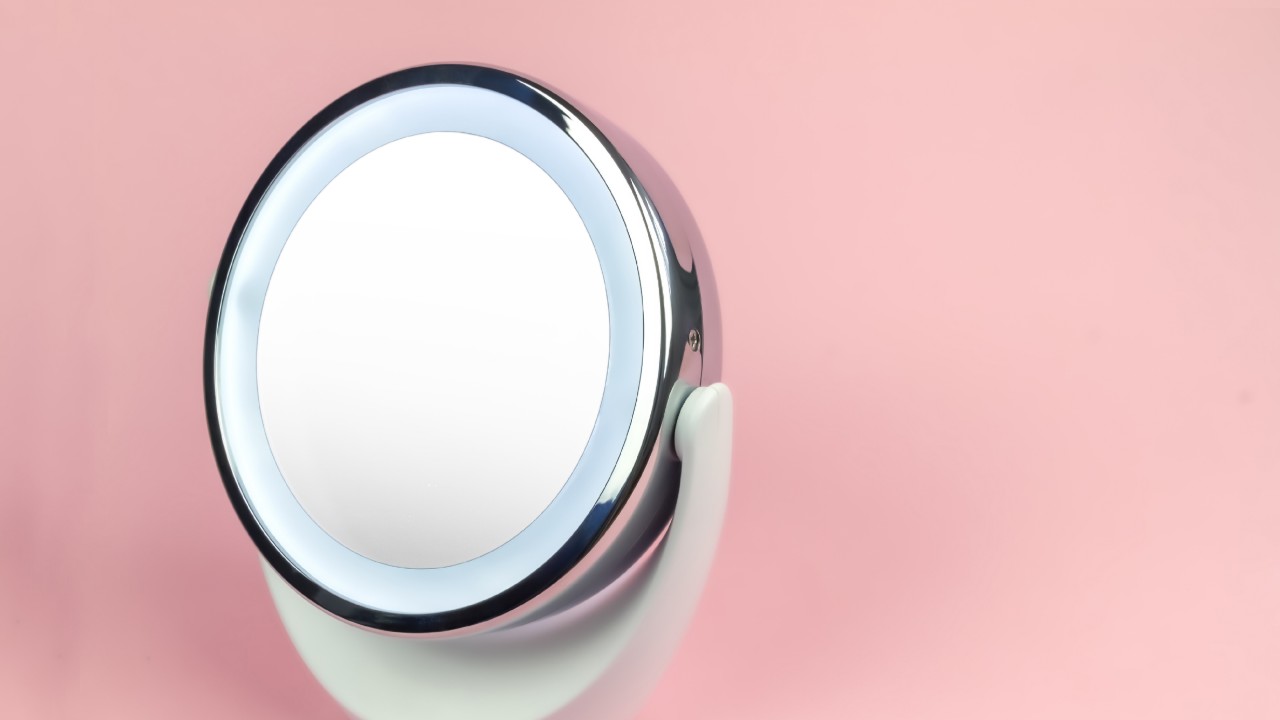
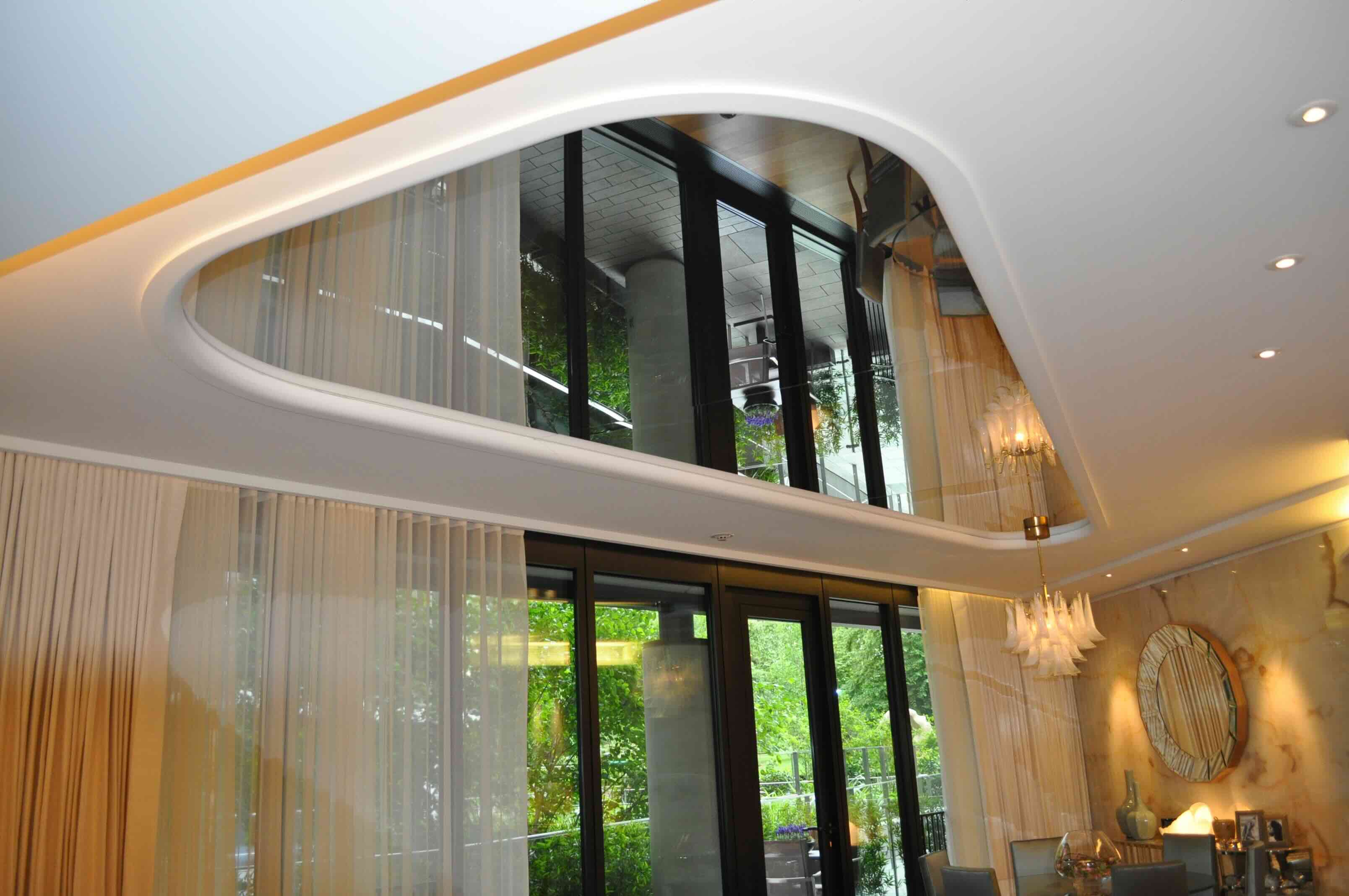

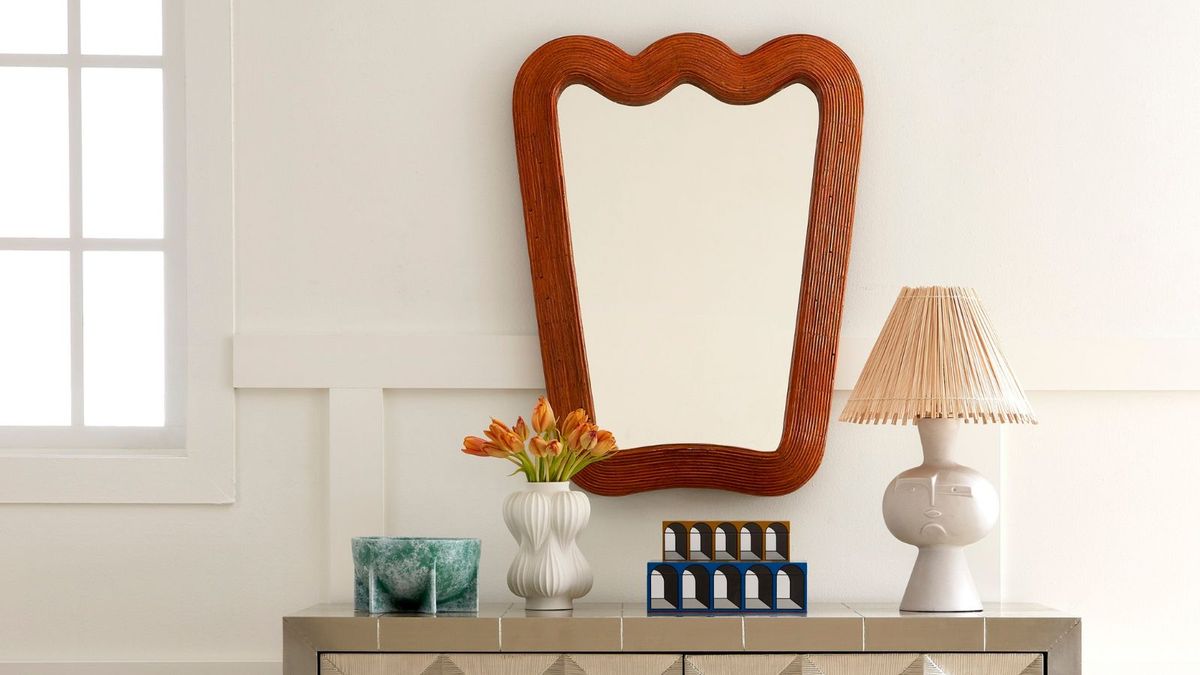
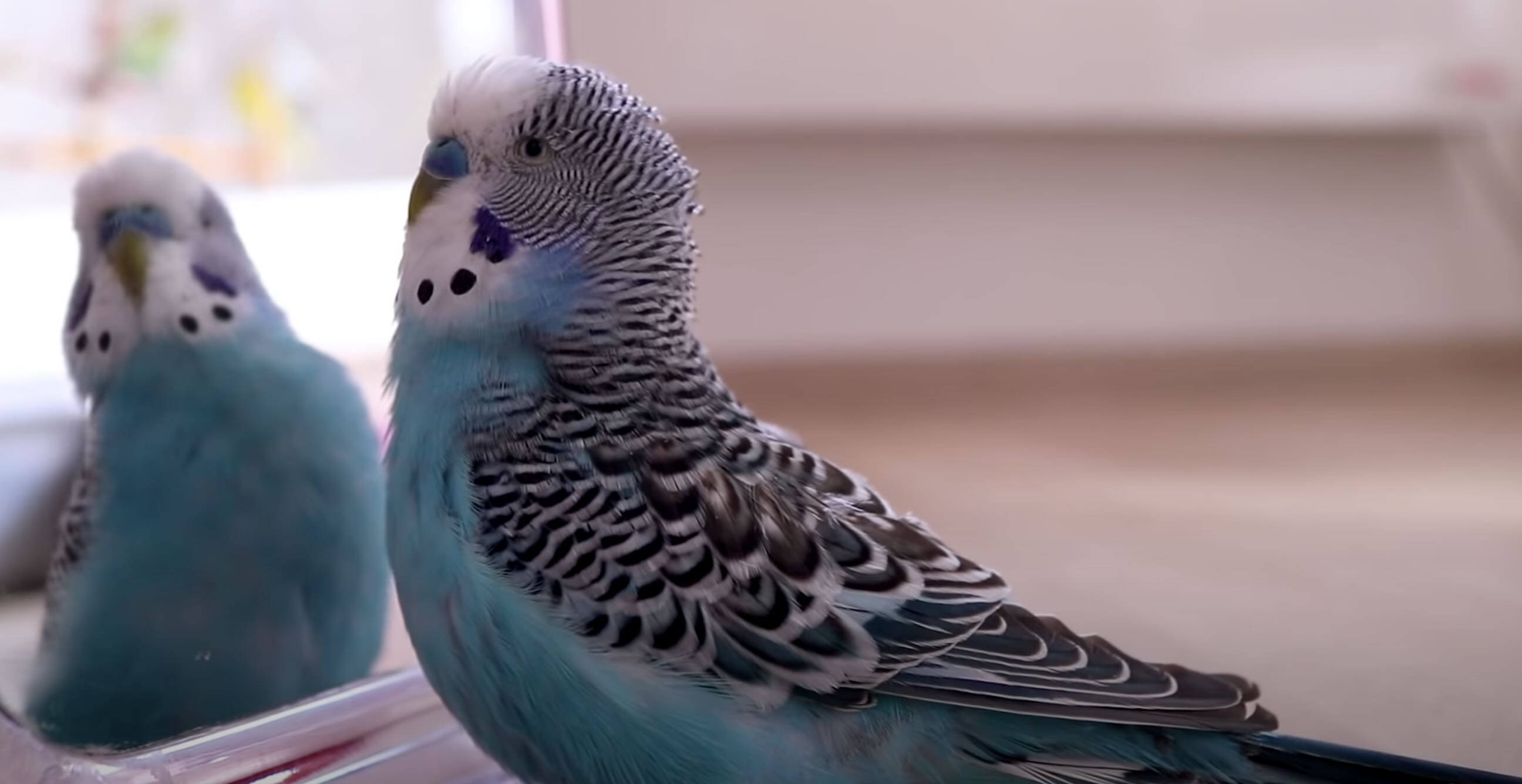


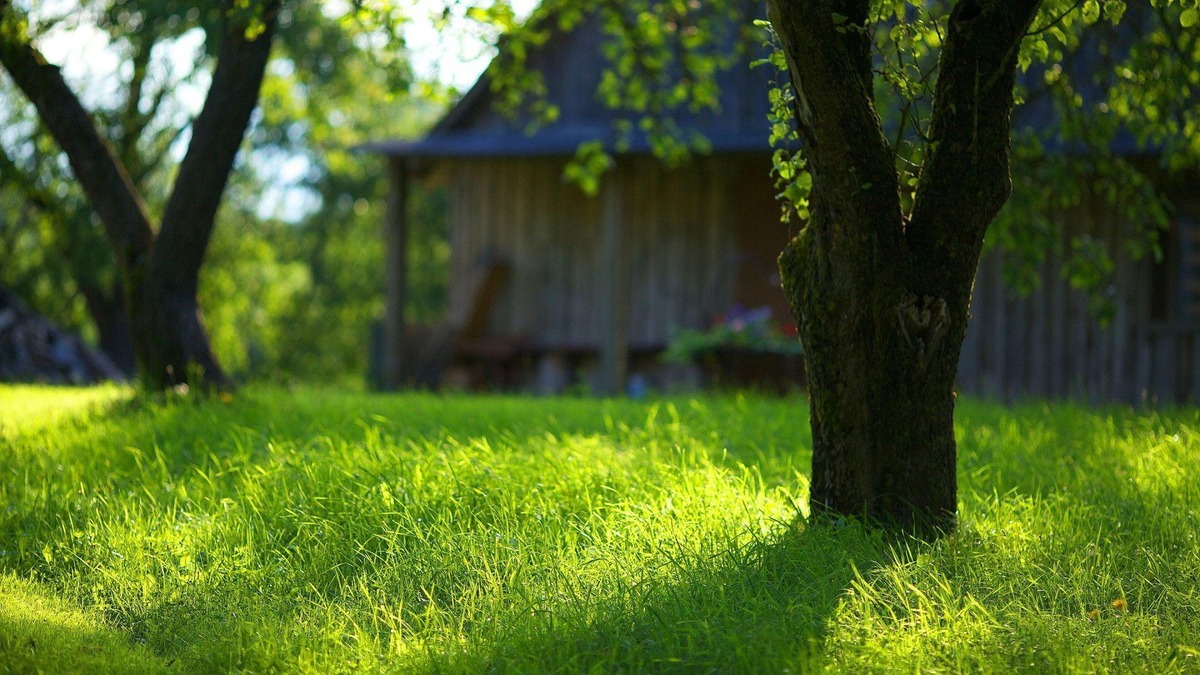

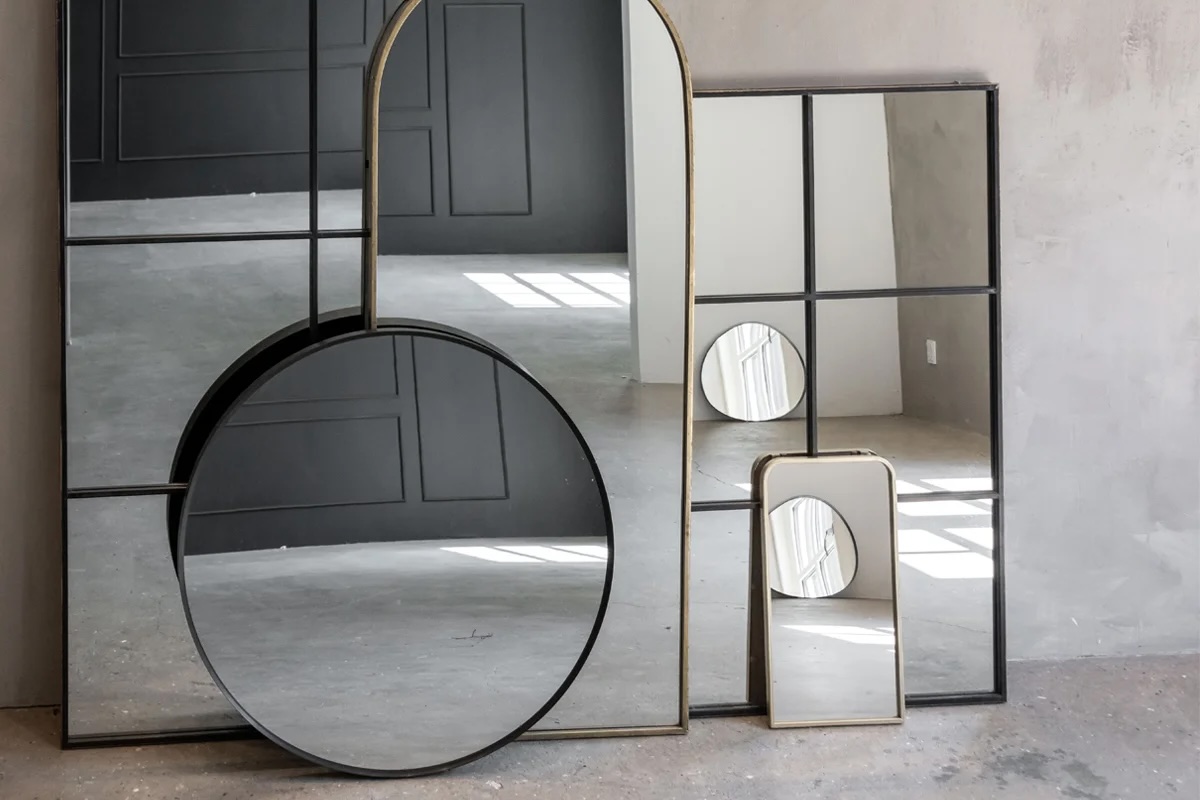
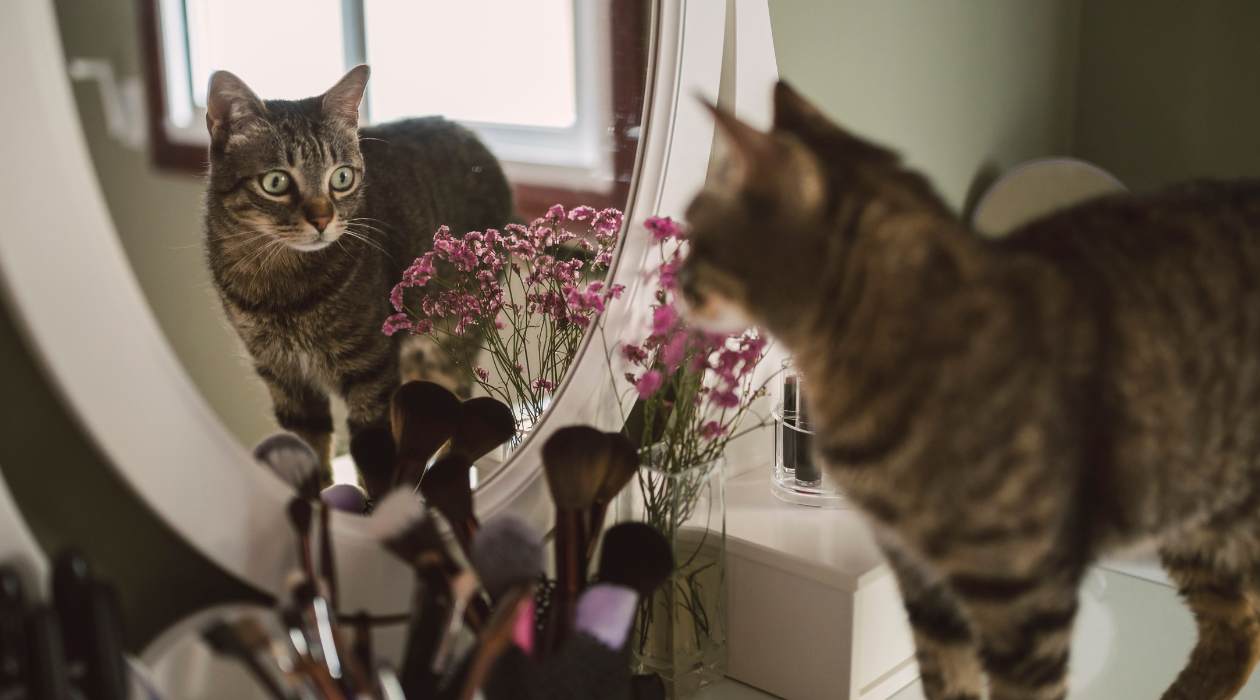
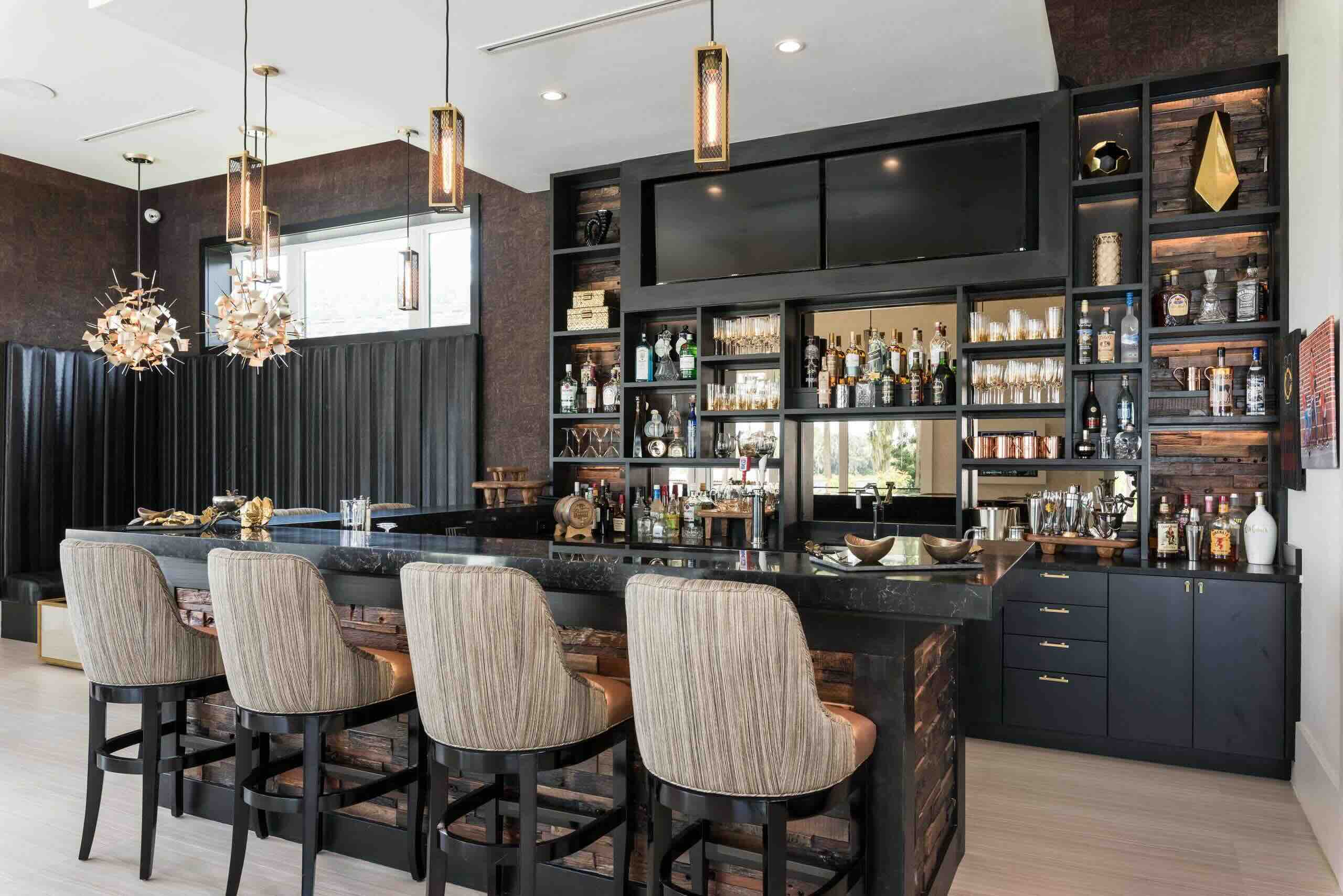

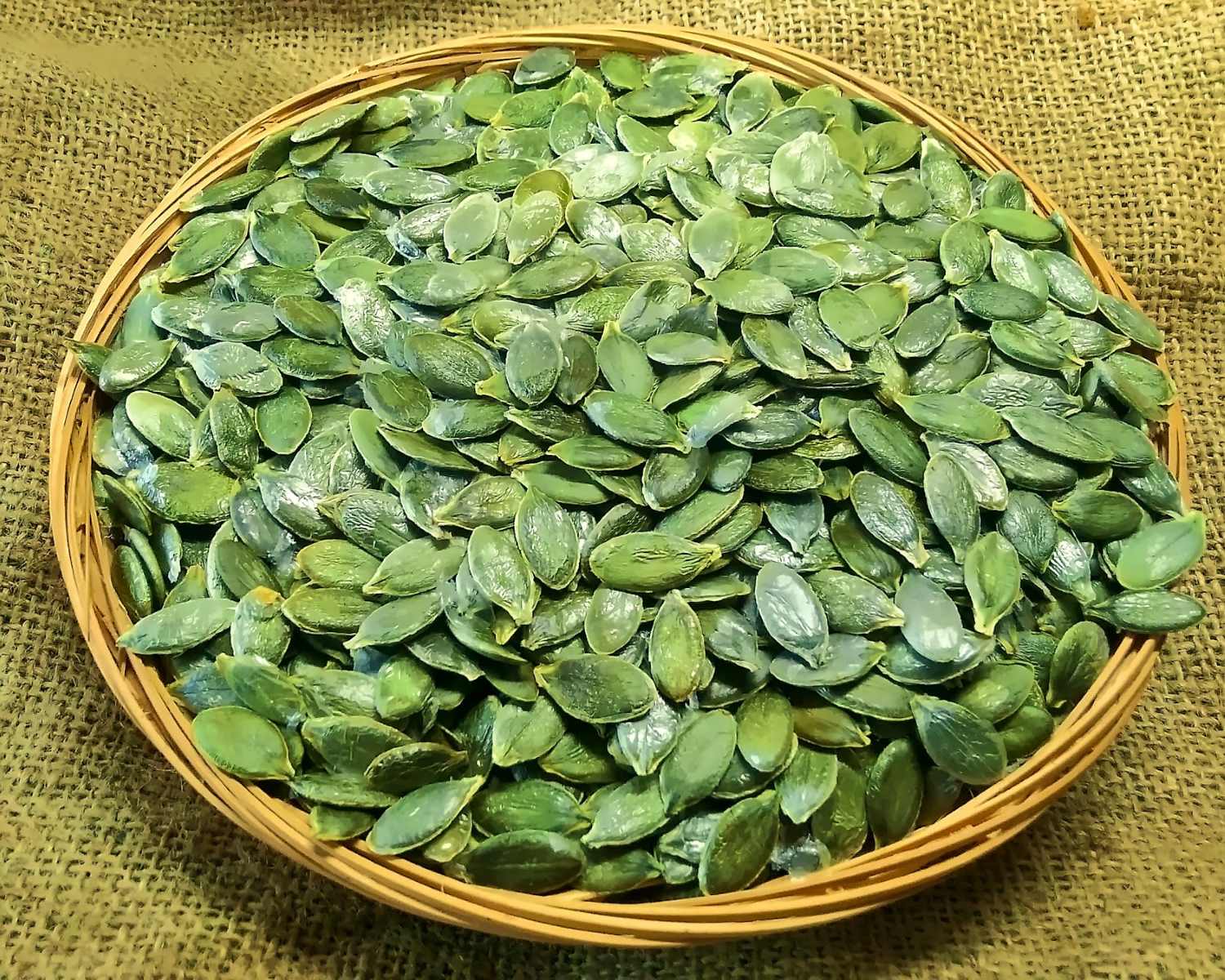

0 thoughts on “Why Are Mirrors Green”